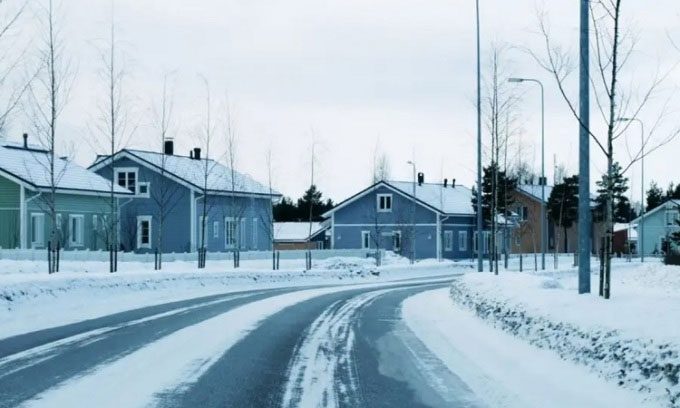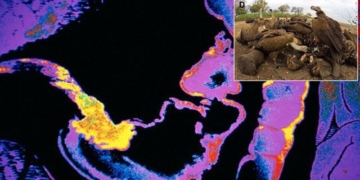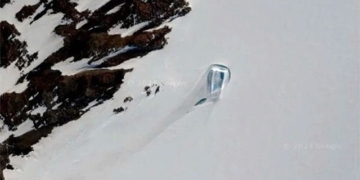Glacial earthquakes are becoming increasingly common in the climate crisis, threatening to destroy homes and roads.
Glacial earthquakes, similar to the series of 26 earthquakes that occurred in just 7 hours in a Finnish city, may become more prevalent if the climate crisis continues to provoke extreme weather in cold regions. This unusual and under-researched weather phenomenon occurs when water freezes in saturated soil or rock. The mechanism behind glacial earthquakes means they affect areas with high moisture in the ground, typically near water sources. When temperatures drop suddenly, the water can freeze and expand rapidly, creating pressure within the surrounding substrate.

The city of Oulu recorded 26 glacial earthquakes in less than half a day. (Photo: New Scientist)
Glacial earthquakes occur when pressure builds up sufficiently to create cracks, causing the ground to shake. Like traditional earthquakes, glacial earthquakes can be felt and heard, but do not reach the severe levels on the classification scale. Many glacial earthquakes go unnoticed because they are too mild, while some instances emit sounds similar to gunfire and can even cause damage to structures such as buildings.
By nature, glacial earthquakes are often associated with extreme weather, which is becoming more common due to the climate crisis in recent decades. Researchers are also interested in how climate change may impact the Arctic and sub-Arctic regions, including glacial earthquakes. A research team led by Jarkko Okkonen from the Finnish Geological Survey announced their findings at the European Geosciences Union conference, as reported by IFL Science on May 15.
Recent reports from icy regions in Finland, Canada, and the U.S. highlight the potential damage glacial earthquakes can inflict on infrastructure, making it a weather phenomenon worth studying if humanity wants to ensure safety in an increasingly unpredictable environment. To do this, the research team established a model that allows them to explore the relationship between thermal stress and glacial earthquakes. Thermal stress caused by any changes in material temperature results in expansion and contraction, such as the impact of freezing water on saturated soil.
Okkonen and colleagues used hydrological models to calculate snow depth, melting rates, soil temperatures at various depths, and to investigate what happens when temperatures change suddenly. This method revealed that rapid temperature drops can create sufficient thermal stress to fracture the ground surface – ice, leading to the cracks observed after glacial earthquakes.
In 2016, the city of Oulu in Finland experienced a series of glacial earthquakes. A total of 26 earthquakes occurred in the sub-Arctic environment within 7 hours. These earthquakes fractured the ground, damaging the foundations of numerous buildings and roads. Using their model, researchers calculated that this series of earthquakes resulted from a temperature drop of 17 degrees Celsius, causing cracks in the frozen ground and sidewalks.
Understanding the resilience of different substrates may allow researchers to predict which areas are more susceptible to glacial earthquakes, especially as temperatures fluctuate significantly in the future.


















































